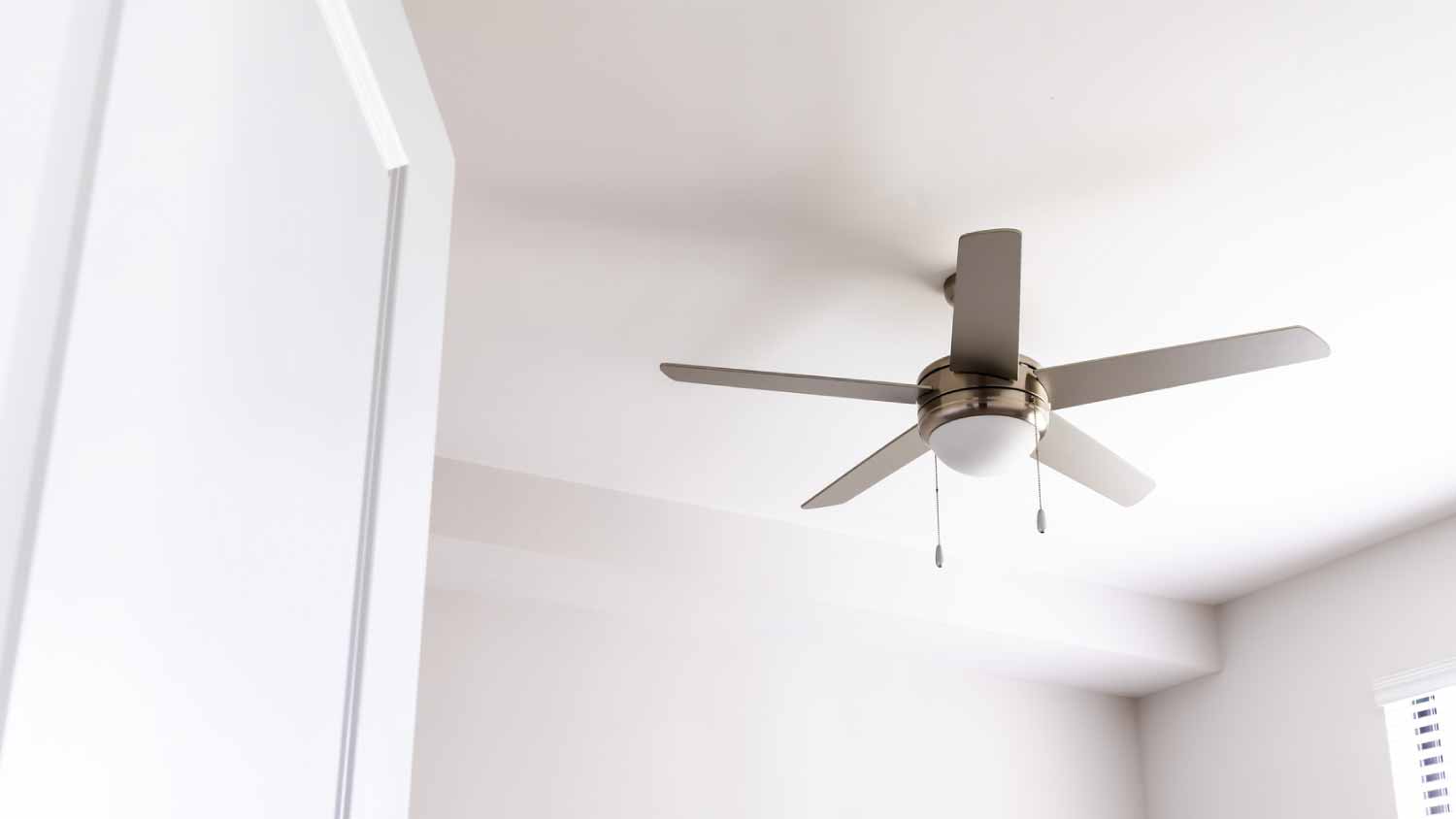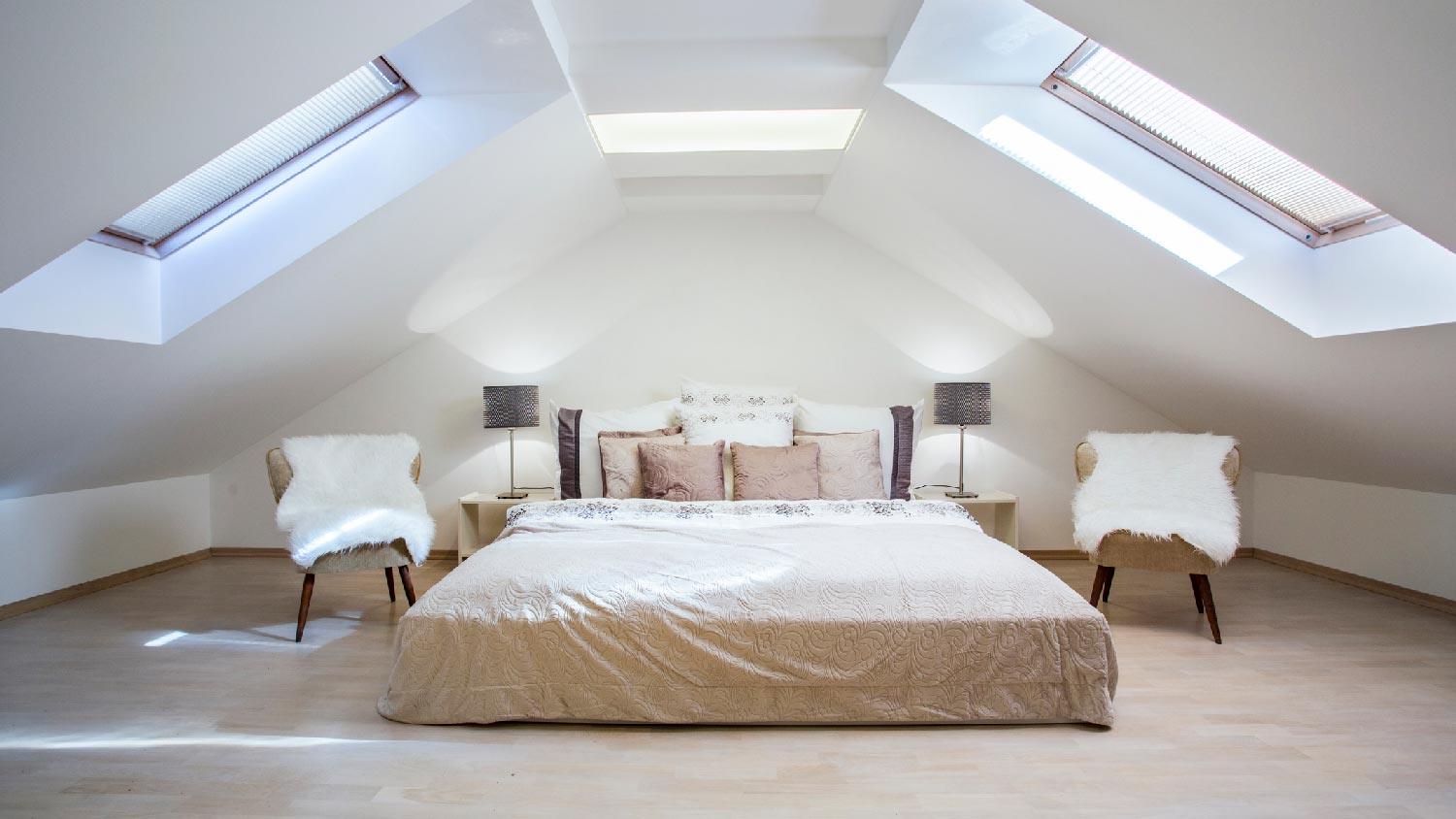Two-Stage vs. Single-Stage Furnaces: Which Makes the Most Sense for You?
A two stage furnace may save you money in the long run, but is it worth it?


The main difference between a single and two-stage furnace is flexibility
A single-stage furnace is perfect for a short-term home and milder climates
A two-stage furnace helps improve air quality and provides stable temperatures
Winter shouldn’t mean donning extra layers of clothing and shivering under mountains of blankets. If your home is due for a furnace replacement or upgrade, you may be wondering if a single-stage or two-stage furnace is right for you. Spoiler alert: the right answer isn’t always a two-stage furnace. Sure, a two-stage furnace has more options, but they also have disadvantages, which could sway you toward a single-stage furnace. Read more below to compare your options.
What Furnaces Do
A furnace heats your home through hot air circulation. It is used in both residential and commercial properties and is the oldest type of heating system still used today. Furnaces use natural gas, propane, and electricity to produce heat. While there are three types of furnaces, the two most popular are single-stage and two-stage.
Whether you are replacing your old furnace or installing in a new home, it’s important to understand the differences and find which is right for you.
Pros and Cons of Single-Stage Furnaces
Even though single-stage furnaces are the older of the two styles, there’s a reason they remain commonplace to this day. We’ll break down the advantages and disadvantages below.
Pros of a Single-Stage Furnace
A single-stage furnace only has two settings: on and off. This means it either runs heat at 100% or not at all. You won’t have the flexibility to adjust the settings as outdoor temperatures change, but it is budget-friendly and the most common furnace type. Older homes will most likely have a single-stage furnace.
Low initial cost: Single-stage furnaces are the least expensive. They cost about $2,000 to $3,500, including installation
Least expensive to repair: Plus, the parts are easy to get
Easy short-term solution: Convenient if you don’t plan to stay in your space long-term because it won’t affect your energy consumption as significantly
Cons of a Single-Stage Furnace
Inconsistent temperatures: Blows a large amount of hot air quickly and then shuts off. Single-speed functions do not distribute properly, which leads to fluctuating temperatures between rooms.
Less energy-efficient: Wastes energy because it burns more fuel to heat
Pros and Cons of Two-Stage Furnaces
There are a surprising number of differences between single and two-stage furnaces. Here’s everything you need to know about the latter.
Pros of a Two-Stage Furnace

A two-stage gas furnace has three operating modes: off, low fire, and high fire. Low fire is the main setting but high fire will engage when it is extremely cold. You can also adjust two-stage furnaces to an in-between setting. They are more expensive initially, but the ability to operate at a lower capacity allows you to save more money in the long run.
Stable temperatures: Provides consistent and even heat distribution in the lowest setting, which helps balance interior temperatures in super cold climates
Less noise: With high and low settings, a two-stage furnace is extremely quiet
Saves energy: Runs mostly at 60% to 65% capacity, burning less fuel (and money) than a single stage furnace
Better air quality: Helps boost air quality by flowing through the air filter, removing pet hair, pollen, mold, and contaminants from your environment
Increased durability: Lasts 15 to 20 years without regular maintenance
Greater ROI and resale value: Buyers appreciate long-lasting, energy-efficient features in homes
Cons of a Two-Stage Furnace
High upfront price: Costs hundreds of dollars more than single-stage models. If you don’t plan to stay in your home long term, it may not be worth investing in one.
Potentially complicated maintenance: Tends to fail more because they run for longer periods of time. Parts can be difficult to find and replace, making repairs more expensive and time consuming.
Single-Stage vs. Two-Stage Furnaces

The main difference between a single-stage and two-stage furnace is the flexibility. One is adjustable while the other provides only one option. When figuring out which furnace is right for you, you must consider your climate, budget, the size of your home, and your personal preference.
Choose a Single-Stage Furnace If:
You plan to stay short-term
You are on a budget
You have mild winters
You plan to replace an older single-stage furnace
You have a one-level home or an older home
Choose a Two-Stage Furnace If:
You live in a multi-level home
You want to save money on energy bills in the long term
You have a more flexible budget
You want to upgrade your current furnace system
You experience harsher climates
Many factors can affect your decision, so it’s always best to consult an HVAC specialist in your area. They will provide personalized recommendations to make sure you are most comfortable in your home.
Derek Rose contributed to this article.
Frequently Asked Questions
No, two-stage furnaces do not use more gas. They are more efficient and use less fuel than single-stage furnaces, resulting in lower energy bills. This is because two-stage furnaces alternate between higher and lower heat outputs depending on the outdoor temperature, whereas single-stage furnaces run at 100% output when turned on.
Yes, two-stage furnaces are quieter than single-stage ones. There are two reasons for this. First, two-stage furnaces routinely operate at a lower setting, which makes less noise than a full-powered single-stage furnace. Second, two-stage furnaces don’t turn on and off like their single-stage counterparts. Single-stage furnaces often make rattling, popping, banging, and scraping sounds.
Single-stage furnaces last 15 to 20 years on average. While this is similar to the life span of two-stage furnaces, two-stage models tend to outlive single-stage ones. The constant shutting on and shutting off of single-stage furnaces tends to wear them down over time and lower their life span. Some furnaces can last up to 40 years, but this is uncommon.





- Furnace Repair
- Air Conditioning Repair
- HVAC Repairs
- Furnace Installation
- Wood & Pellet Stove Repair
- Dehumidifier & Humidifier Repair
- Heat Pump Companies
- Swamp Cooler Repair
- Wood Stove Services
- HVAC Companies
- Commercial A/C Repair
- Geothermal Installation
- Air Conditioning Installation
- Boiler Repair
- 24 Hour Furnace Repair
- Geothermal Repair
- Heat Pump Repair
- Humidifier Installation
- Thermostat Repair
- Thermostat Installation
- Nest Installation
- Heating & Cooling
- Heating Repair
- Furnace Cleaning
- Furnace Tune-Up
- HVAC Technicians
- Subcontractors
- Furnace Maintenance
- Plumbing & Heating Companies
- Wood Stove Inspection
- Mini Split Installation
- Wall Heater Repair
- Duct Installers
- 5 Types of Gas Furnaces to Keep You Cozy at Home
- In the Market for a New Furnace? Here’s Everything You Need to Know
- 5 Types of Furnaces: Pros, Cons, and Which Is Best for Your Home
- Two-Stage Air Conditioner: How Does It Work and Is It Worth It?
- How Long Do Furnaces Last and How Can I Extend the Life Span of Mine?
- What Is a Furnace and How Is It Different From Other Heating Systems?
- What Is a Wall Furnace? How It Works and What It Does
- How Often to Service a Furnace to Stay Warm and Toasty Every Winter
- Why Is My Furnace Not Keeping Up With Cold Weather?
- Your Complete Gas Furnace Inspection Checklist










